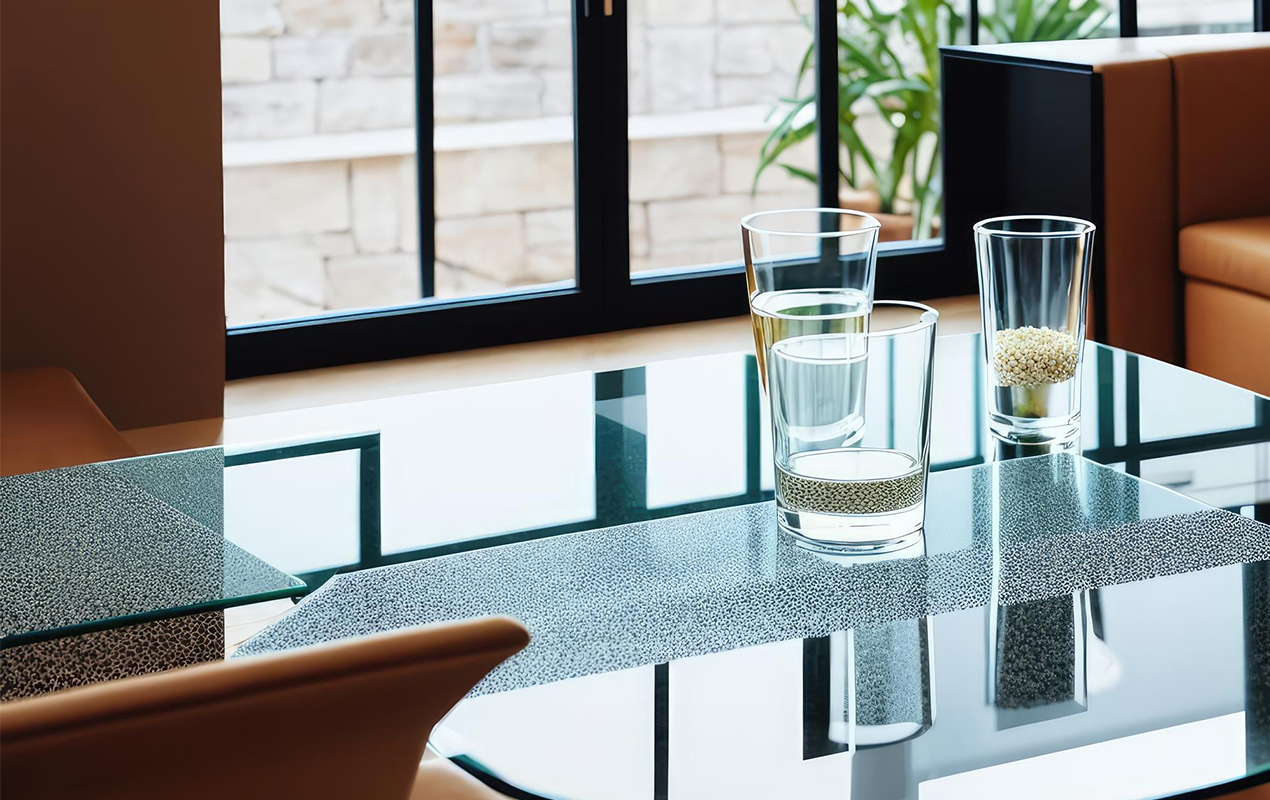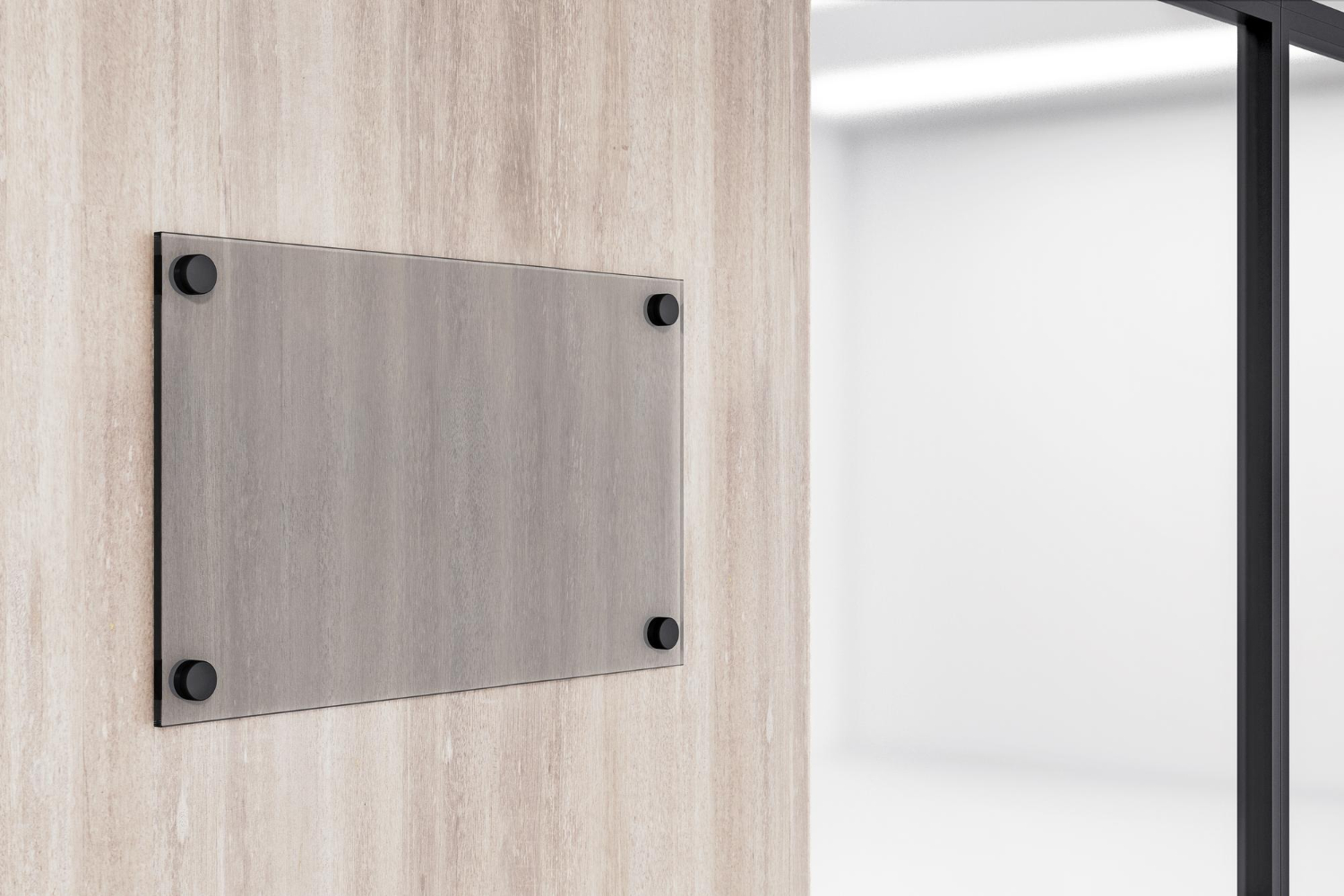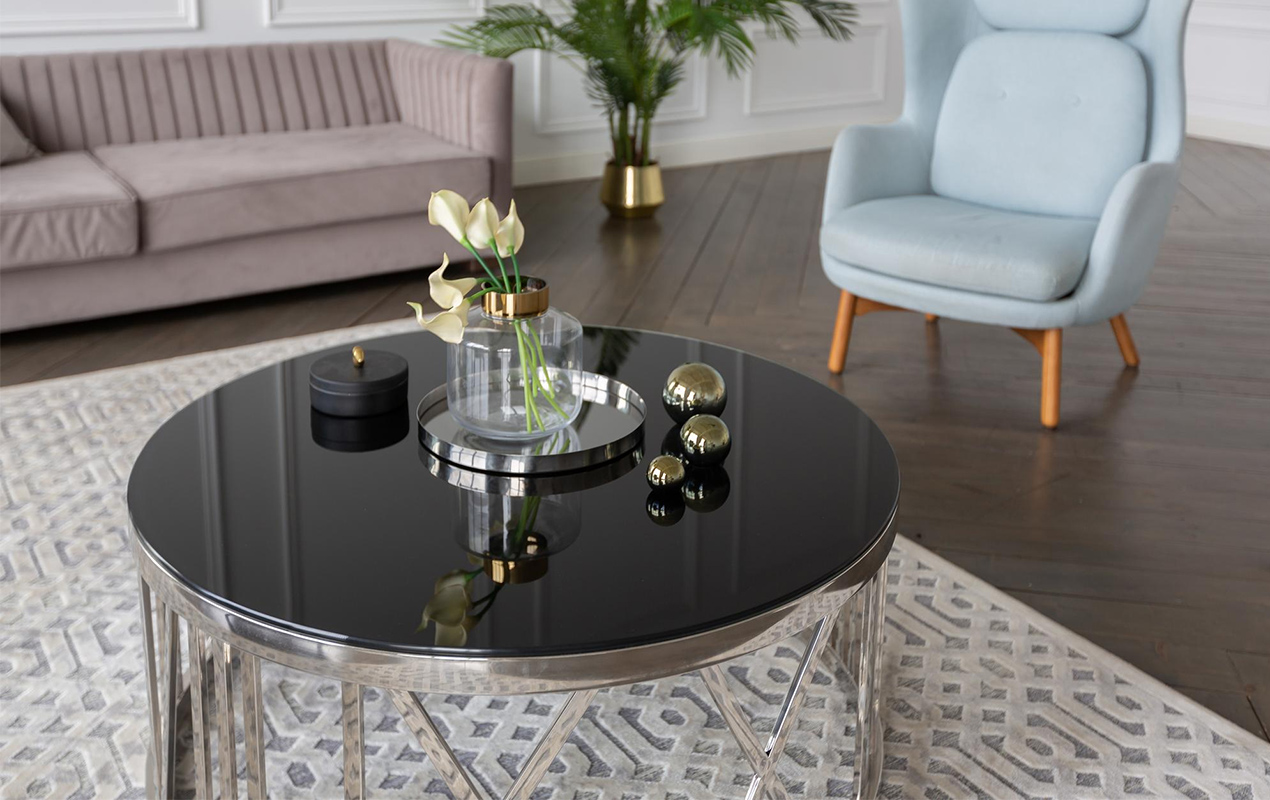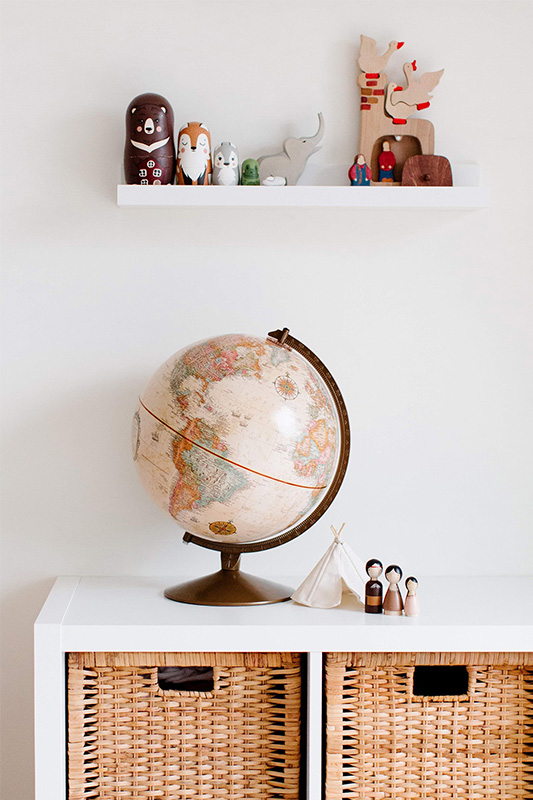Blog
How Much Does It Cost to Build a Tiny Home?
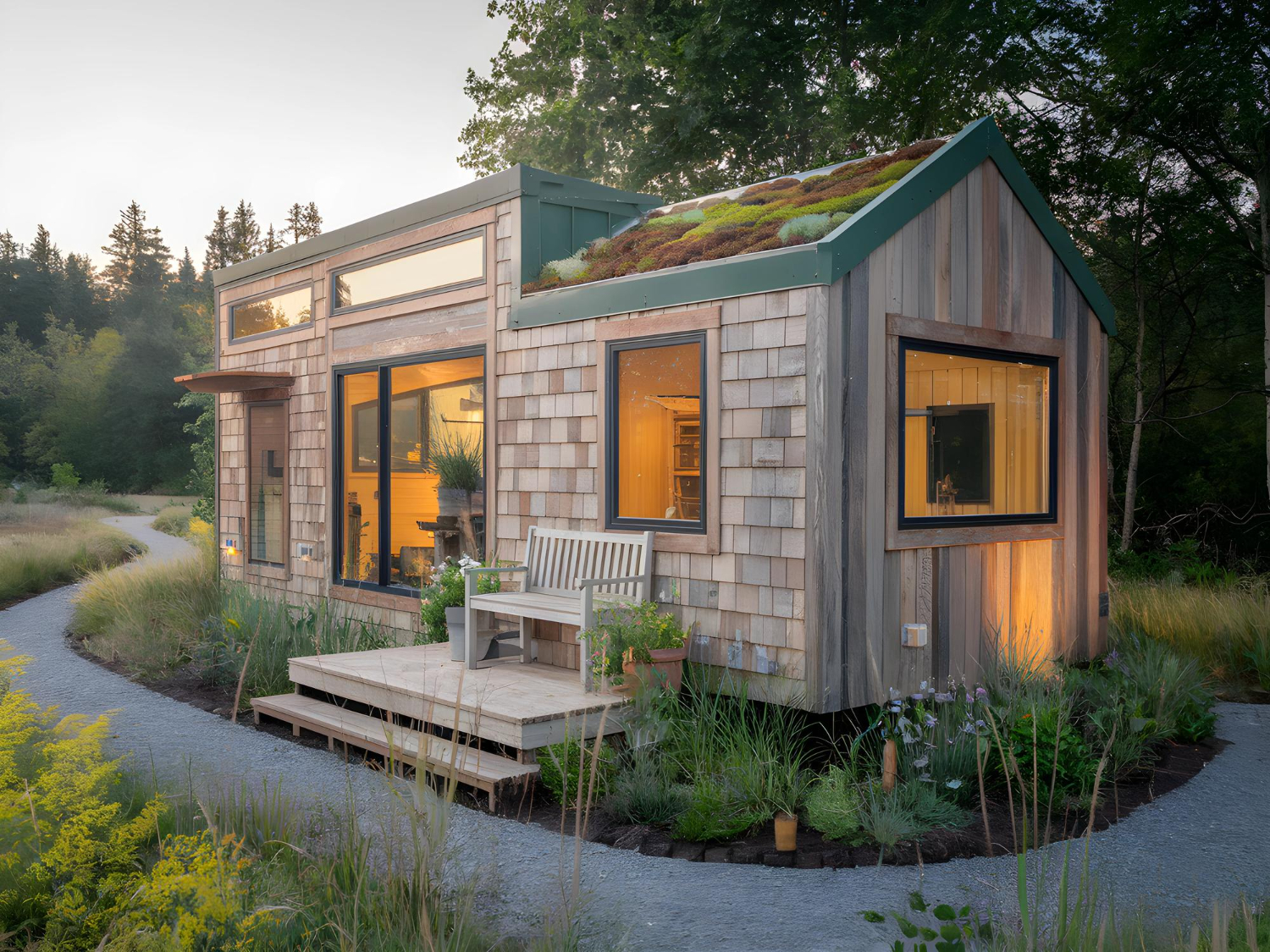
Pricing, ADU Construction Factors & Flooring Costs Explained
Tiny homes continue to grow in popularity as homeowners look for affordable, flexible living options. Whether used as full-time residences, guest houses, rental units, or ADU-style backyard cottages, tiny homes offer a unique blend of simplicity, efficiency, and cost savings.
But one question always comes first: How much does it cost to build a tiny home?
The answer depends on size, materials, location, and whether you build it yourself or work with professionals. This guide breaks down the full cost range, key variables, hidden expenses, and what homeowners should consider before starting their tiny home project.
How Much Does It Cost to Build a Tiny Home? (Quick Breakdown)
Basic Tiny Home: $30,000–$60,000
These entry-level builds often feature:
- Simple layouts
- Standard insulation
- Basic cabinetry and fixtures
- Minimal plumbing and electrical complexity
They’re ideal for budget-conscious builders or DIY projects.
Mid-Range Tiny Home: $60,000–$90,000
This is the most common range for professionally built tiny homes.
Upgrades include:
- Better insulation
- Quality flooring
- Larger kitchens or bathrooms
- Custom storage solutions
- Improved electrical and plumbing systems
Custom Tiny Home: $90,000–$150,000+
Custom tiny homes resemble scaled-down luxury houses.
They may feature:
- Architect-level design
- Premium finishes
- High-end appliances
- Solar systems
- Custom cabinetry
- Smart-home features
Why Prices Vary So Much
Major price differences come from:
- Size differences (100 to 400+ sq ft)
- Foundation type
- DIY vs professional build
- Off-grid or on-grid utilities
- Material and finish choices
A tiny home’s price tag is highly customizable, which is why understanding cost drivers is essential.
Cost Breakdown by Build Type
DIY Tiny Home Costs
DIY builders often save money on labor but take on significant responsibility.
Costs include:
- Materials
- Tools and equipment
- Trailer/foundation
- Mechanical systems
While DIY can save tens of thousands of dollars, it requires construction knowledge, time, and strict code compliance.
Prefab / Factory-Built Tiny Home Costs
Prefab tiny homes offer predictable pricing and faster timelines. Additional costs include delivery, utility hookups, and site preparation.
Fully Custom Tiny Home Costs
Custom builds allow full design freedom and are ideal for long-term living or ADU-style backyard placement. These projects involve architects, engineers, and licensed contractors — resulting in higher quality and longer-lasting construction.
What Drives Tiny Home Construction Costs?
Size & Layout Complexity
Every additional square foot increases cost — and clever layouts with lofts or intricate storage systems also require more skilled labor.
Foundation Types (Trailer vs Permanent Foundation)
- Tiny home on wheels (THOW): more affordable, mobile, often easier permitting
- Permanent foundation: more expensive, but increases property value and stability
Utilities: Plumbing, Electrical & Sewer
Tiny homes connected to city utilities cost more than off-grid builds. For tiny homes being used as backyard cottages or legal ADUs, many homeowners work with ADU construction experts who handle foundation prep, utility tie-ins, and permit compliance to ensure the home meets local building standards.
Material & Finish Choices
The quality of kitchens, bathrooms, cabinets, windows, and insulation significantly affects total cost.
Flooring Options & Costs
Tiny homes experience concentrated foot traffic, so durable materials matter.
Options include:
- Luxury vinyl plank (LVP)
- Engineered hardwood
- Waterproof laminate
- Tile (in limited areas due to weight)
Because flooring covers the entire small space, every choice has a big visual impact. Many homeowners compare options from Best Floor Coverings to achieve long-lasting durability without overspending.
Additional Costs Homeowners Often Overlook
Land Preparation Costs
Clearing, leveling, soil grading, and tree removal can add thousands to the total cost.
Delivery or Transport Fees
Prefab homes may require trucking, cranes, and specialized setup equipment — especially on narrow or sloped lots.
Permits & Impact Fees
Costs vary greatly depending on whether your tiny home will be:
- A mobile unit
- A permanent foundation home
- A backyard ADU or rental unit
Interior Furnishings & Space-Saving Solutions
Custom shelving, fold-out tables, Murphy beds, and stairs with hidden storage add cost.
Outdoor Improvements
Decks, steps, pathways, and fencing help complete the space, especially for tiny homes placed on larger lots.
Tiny Home on Wheels vs Foundation Costs
Tiny Home on Wheels (THOW)
- Lower foundation cost
- Road-legal dimensions required
- Potentially easier permitting
- Mobility for travel or relocation
Tiny Home on Permanent Foundation
- Higher construction cost
- Adds property value
- Better long-term financing options
- Often required for ADU-style usage
Are Tiny Homes Actually Cheaper Than Traditional Homes?
Cost-Per-Square-Foot Comparison
Tiny homes often cost more per square foot due to compact engineering, but overall they are far more affordable than traditional homes.
Long-Term Savings
Utility bills, maintenance costs, insurance, and property taxes tend to be significantly lower.
When Tiny Homes Save the Most Money
- ADU usage (rental income offsets cost)
- Full-time downsizing
- Off-grid living
- Minimalist or eco-focused lifestyles
Budgeting Tips for Building a Tiny Home
Step 1: Set Your Budget Category (Basic, Mid, Custom)
This helps narrow choices in materials and builder selection.
Step 2: Get Multiple Contractor Quotes
Comparing builders helps avoid unexpected costs and clarifies differences in materials and timelines.
Step 3: Keep a 10–20% Contingency Fund
Tiny homes often uncover hidden land or utility issues — a buffer protects your budget.
Step 4: Think About Long-Term ROI
Tiny homes can generate rental income, expand property value, and significantly reduce living expenses.
When to DIY vs When to Hire Professionals
DIY Is Best When You Have Construction Experience
DIY saves money but requires advanced planning, time, and skill — especially for electrical and plumbing.
Hire Professionals for Safety & Code Compliance
When attaching a tiny home to utilities, building on a foundation, or seeking ADU approval, licensed professionals are essential. They ensure safety, structural stability, and legal compliance.
Conclusion
Building a tiny home can cost anywhere from $30,000 to over $150,000 depending on size, materials, complexity, and utility needs. With the right planning, cost awareness, and support from experienced professionals, a tiny home can become an affordable, flexible, long-term housing solution that matches your lifestyle and goals.
Whether you’re creating a retreat, building a rental unit, or adding an ADU to your property, understanding these cost factors helps you move forward confidently and avoid surprises.






